Address
Metaverse
A blockchain is a growing list of records, called blocks, that are linked together using cryptography. Each block contains a cryptographic hash of the previous block, a timestamp, and transaction data (generally represented as a Merkle tree). As blocks each contain information about the block previous to it, they form a chain, with each additional block reinforcing the ones before it. Therefore, blockchains are resistant to modification of their data because once recorded, the data in any given block cannot be altered retroactively without altering all subsequent blocks.
Blockchains are typically managed by a peer-to-peer network for use as a publicly distributed ledger, where nodes collectively adhere to a protocol to communicate and validate new blocks. Although blockchain records are not unalterable as forks are possible, blockchains may be considered secure by design and exemplify a distributed computing system with high Byzantine fault tolerance.
The blockchain was invented by a person (or group of people) using the name Satoshi Nakamoto in 2008 to serve as the public transaction ledger of the cryptocurrency bitcoin. The identity of Satoshi Nakamoto remains unknown to date. The invention of the blockchain for bitcoin made it the first digital currency to solve the double-spending problem without the need of a trusted authority or central server. The bitcoin design has inspired other applications and blockchains that are readable by the public and are widely used by cryptocurrencies. The blockchain is considered a type of payment rail.
Projects we are currently backing

Bitcoin (₿) is a decentralized digital currency, without a central bank or single administrator, that can be sent from user to user on the peer-to-peer bitcoin network without the need for intermediaries.
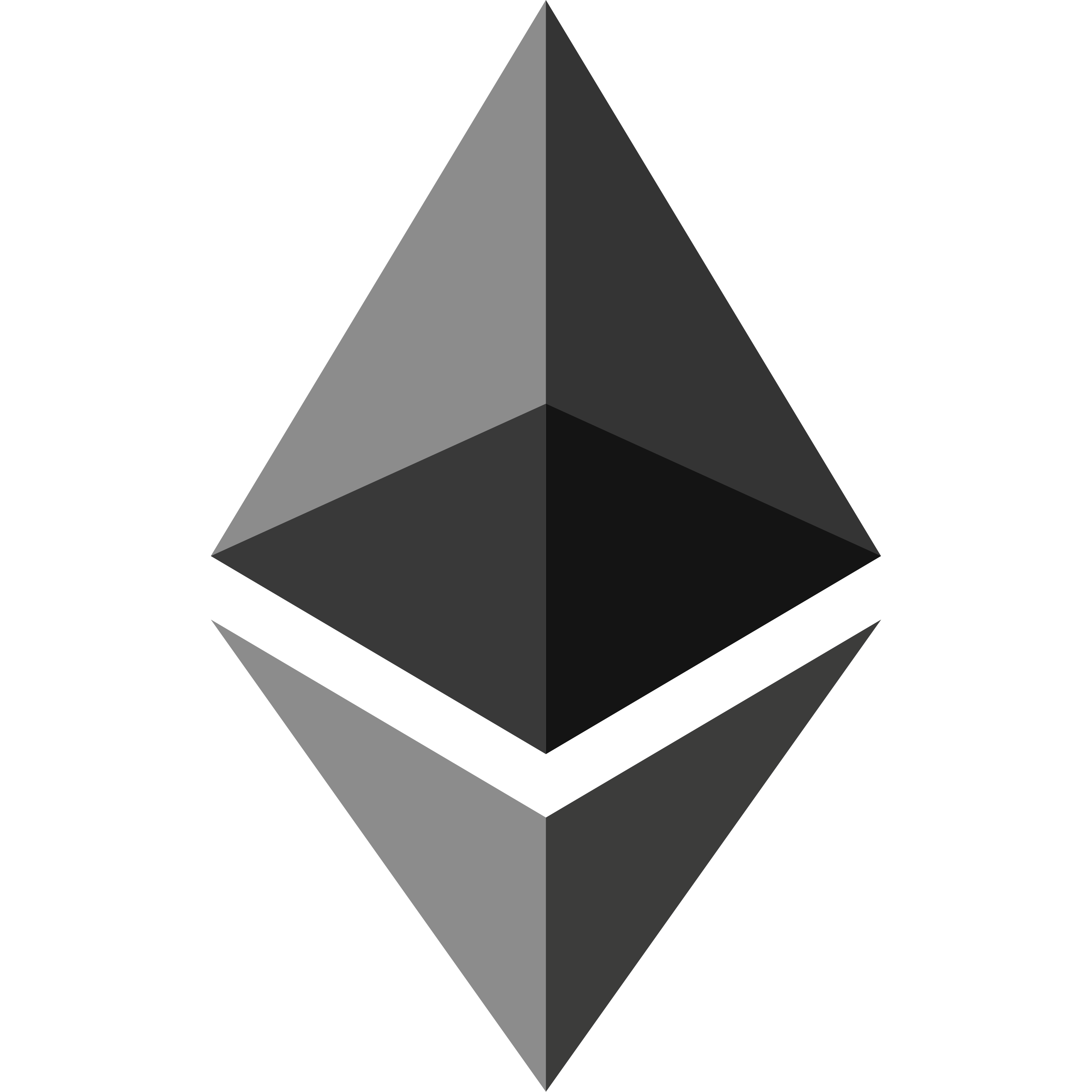
Ethereum is a decentralized, open-source blockchain with smart contract functionality. Ether (ETH or Ξ) is the native cryptocurrency of the platform.
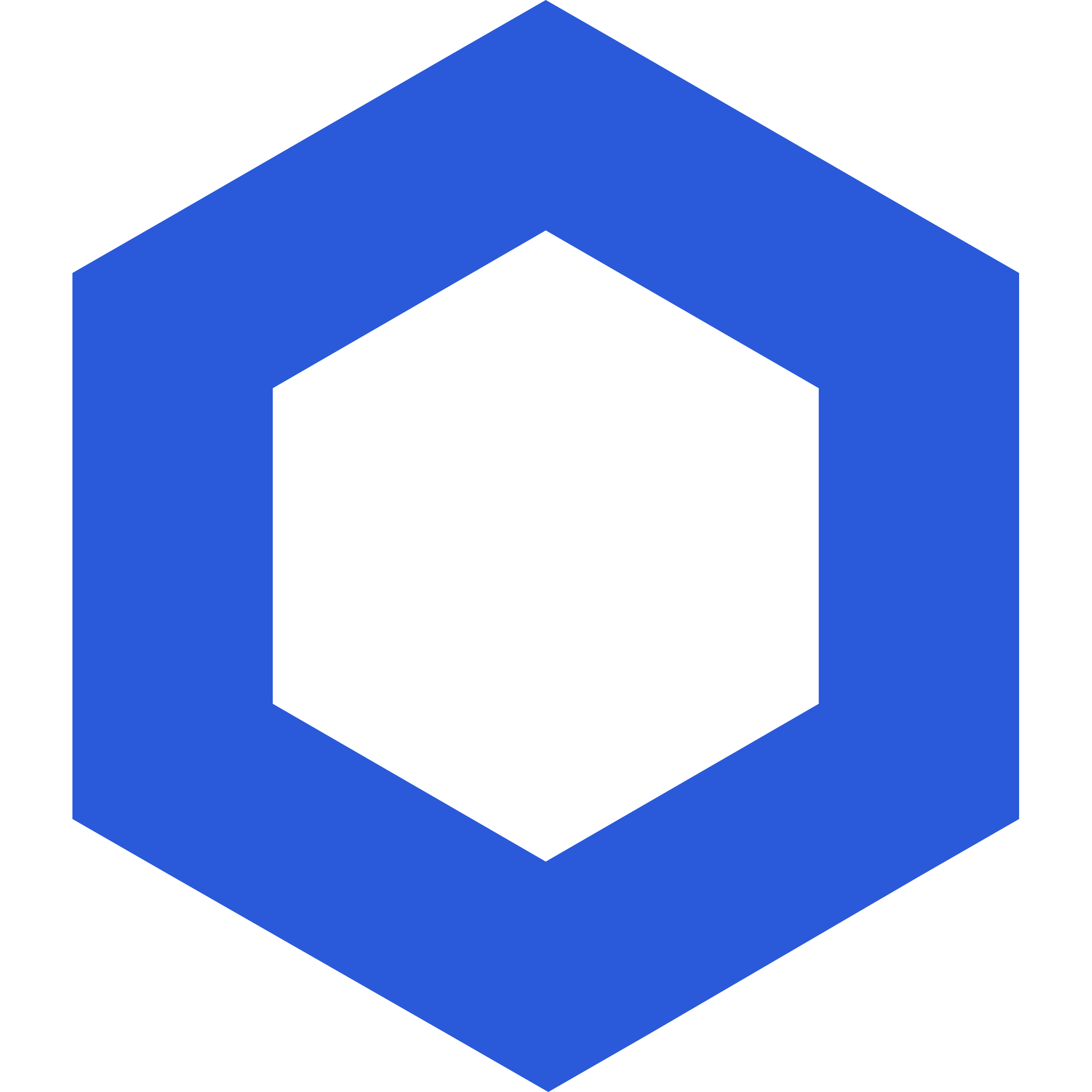
Chainlink is a decentralized blockchain oracle network built on Ethereum. The Chainlink network is used to facilitate the transfer of tamper-proof data from off-chain sources to on-chain smart contracts.
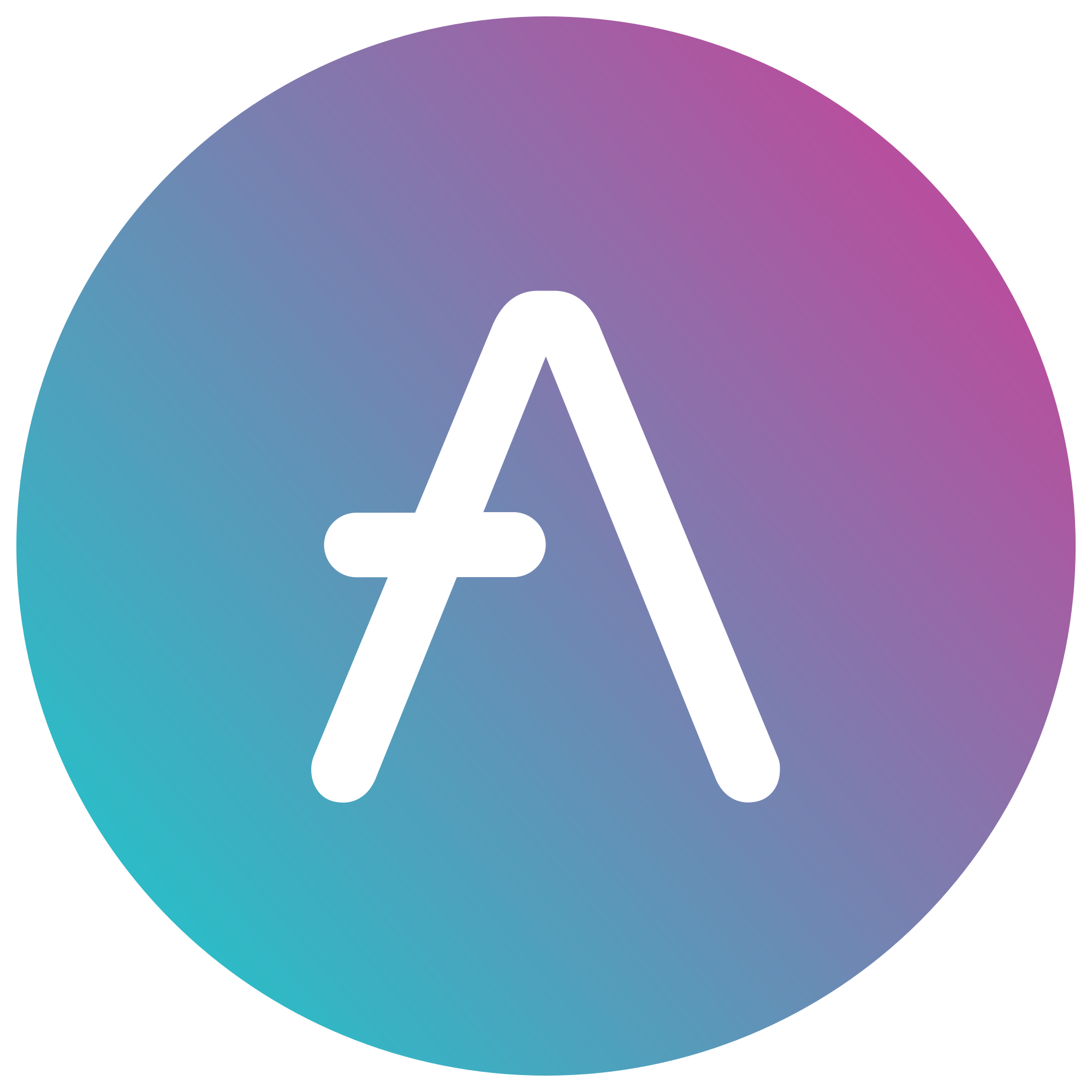
Aave is a decentralized money market running on the Ethereum blockchain that enables users to lend and borrow a range of crypto assets.

Terra (LUNA) is a decentralized financial infrastructure and blockchain protocol that leverages a native token, stablecoin protocol, oracle system, and smart contracts to bring users programmable money for the internet.
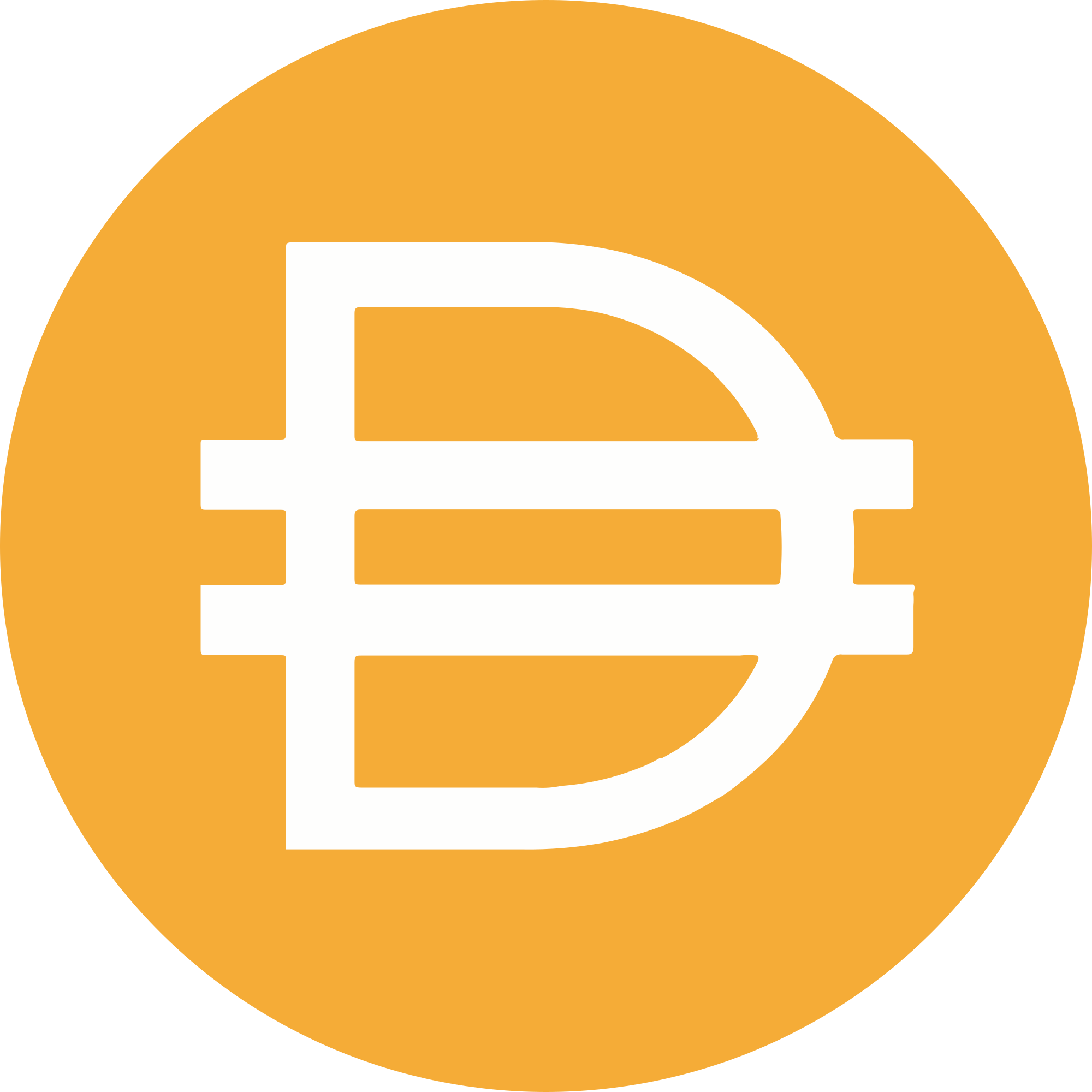
Dai is a stablecoin cryptocurrency which aims to keep its value as close to one United States dollar as possible through an automated system of smart contracts on the Ethereum blockchain.
A new blueprint for creating a company

Curve Finance, or simply Curve, is a decentralized autonomous organization, or DAO, which is governed by Ethereum-based tokens, CRVs, that provides a decentralized trading platform or DEX.
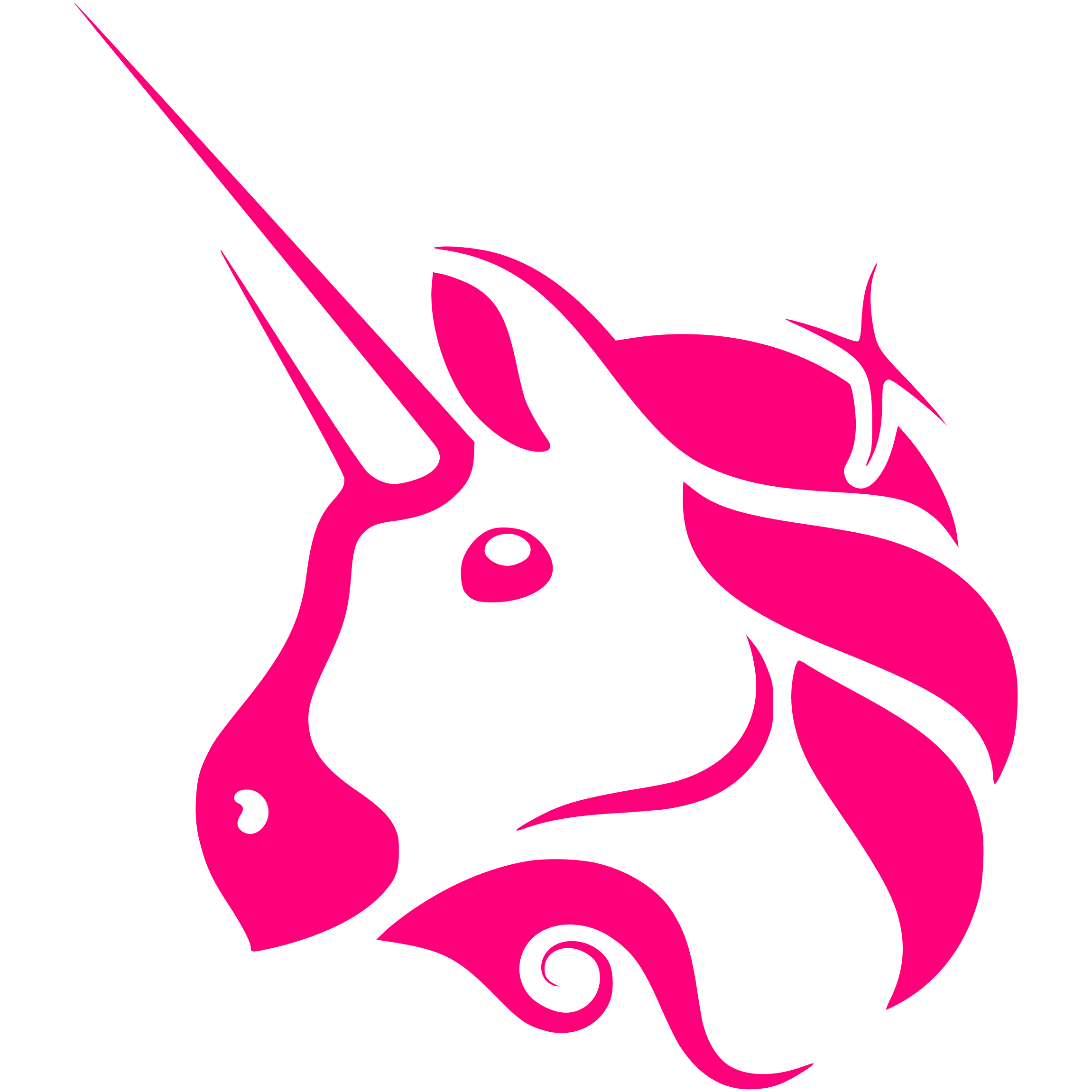
Uniswap is a decentralized finance protocol that is used to exchange cryptocurrencies. Uniswap is also the name of the company that initially built the Uniswap protocol.
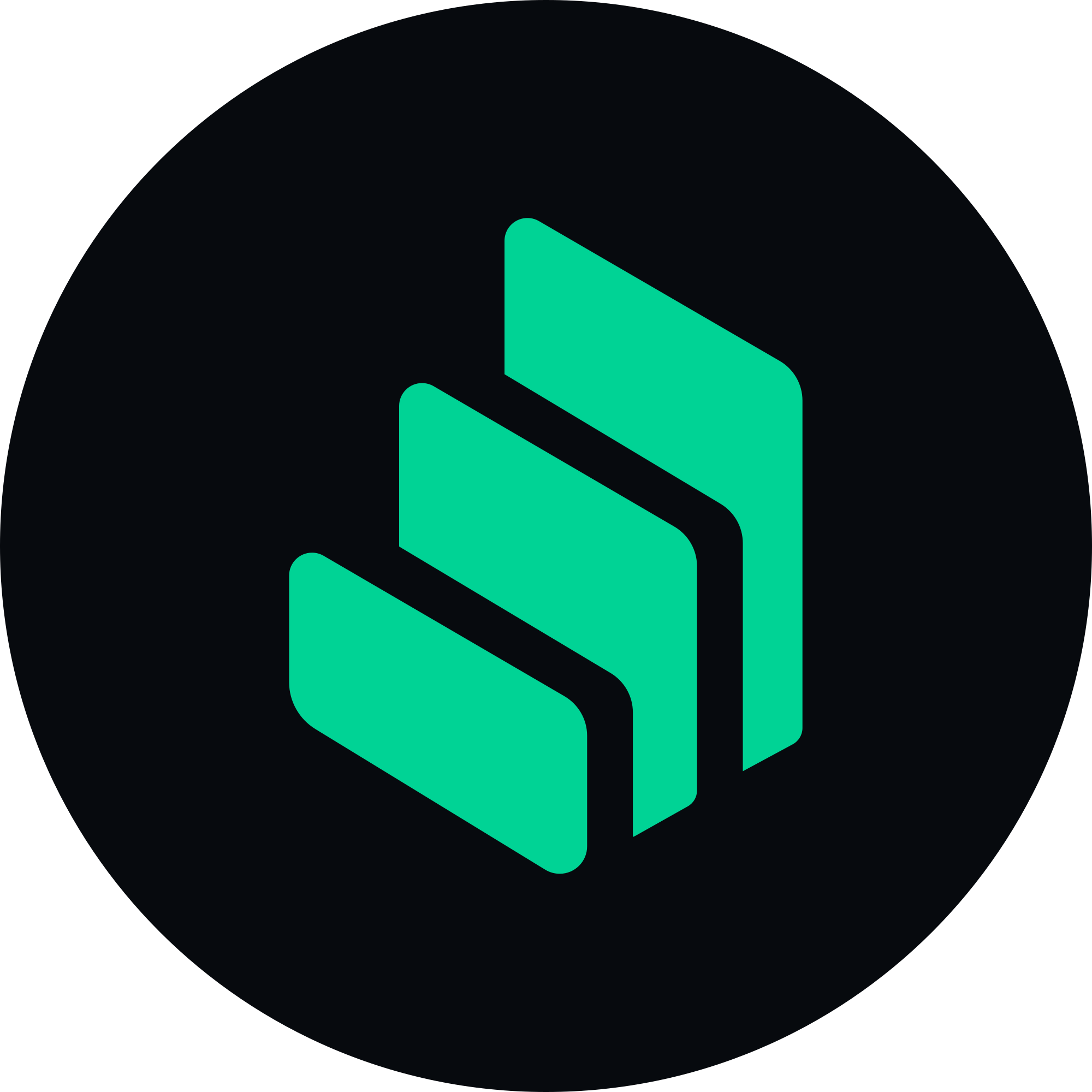
Compound is an algorithmic, autonomous interest rate protocol built for developers, to unlock a universe of open financial applications.
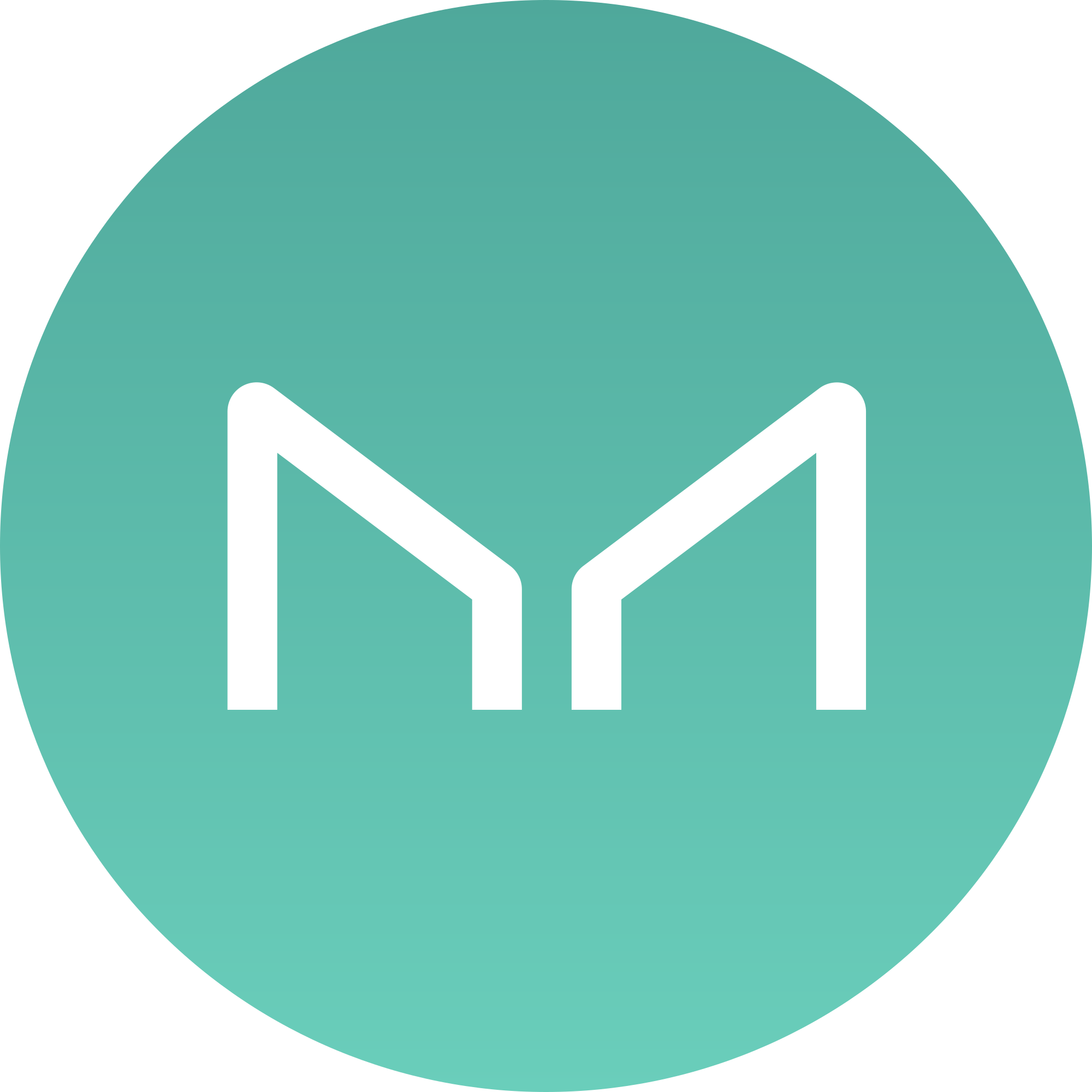
MakerDAO is a decentralized organization built on Ethereum to allow lending and borrowing of cryptocurrencies. It is made up of a smart contract service that manages borrowing and lending, as well as two currencies: DAI and MKR to regulate the value of loans.
How can a network achieve consensus?
Proof of work (PoW) is a form of cryptographic zero-knowledge proof in which one party (the prover) proves to others (the verifiers) that a certain amount of a specific computational effort has been expended. Verifiers can subsequently confirm this expenditure with minimal effort on their part.
In a proof-of-stake model, owners put up their tokens as collateral. In return, they get authority over the token in proportion to the amount they stake. Generally, these token stakers get additional ownership in the token over time via network fees, newly minted tokens or other such reward mechanisms.
Feel free to reach out
Metaverse
+55 11 99274-5950
gsaboia@yahoo.com
Copyright © 2021 Guilherme Saboia. All Rights Reserved.